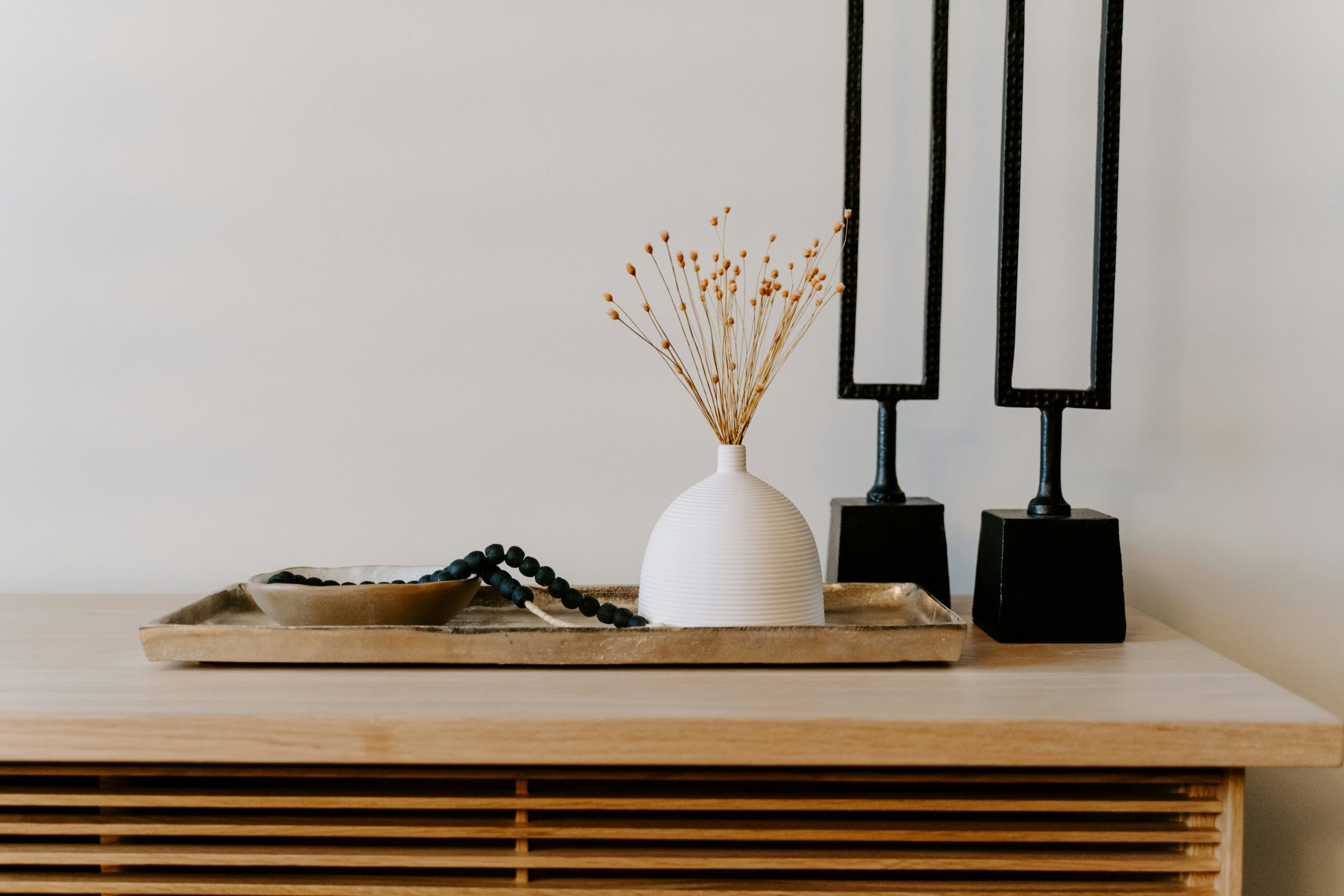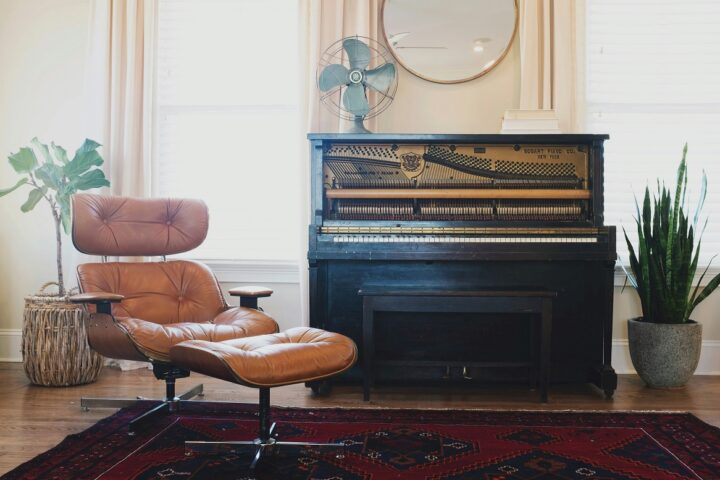Exploring a new destination allows you to experience living in a different culture, whether wandering through the adobe-filled streets of Santa Fe or the lantern-lit alleys of an ancient Moroccan city. Many travelers, captivated by the rug merchants of Istanbul or the pottery workshops of Oaxaca, return with unique housewares or artwork to decorate their homes.
While you might not be able to move to Marrakesh or Kyoto, you can still bring a sense of their unique atmospheres into your home. With a bit of strategy and planning, you can select the best items for your home, a process that can bring a sense of accomplishment. Here’s how to shop wisely, ensure your finds are home intact, and decide what to do with them once you return.
Do Your Homework
You’re unlikely to find authentic local handicrafts or intriguing artwork at airport stores or hotel gift shops. Research before you go by looking up artisan networks, finding out which days flea markets operate, and figuring out what you might even be able to buy in a given place. Check with your hotel concierge or short-term rental owner and official tourism boards’ websites and social media accounts for tips on what to buy and where to shop. Traditional guidebooks like Lonely Planet and Rick Steves focus more on local retailers than chain stores. TikTok and Instagram can provide shopping insights, but watch for paid brand promotions.
While you can find cool art and vintage decor at most destinations, you’ll see more handmade items like textiles, rugs, and baskets if you travel to Morocco, India, and Mexico, which still have living crafts cultures.
Consider Hiring a Shopping Expert
For a more efficient and rewarding shopping experience, consider hiring a shopping guide for a few hours. Market- or retail-specific tours at your destination, available on travel booking sites like Tripadvisor and Tours by Locals, can be a great option. Searching for specific places, such as ‘Istanbul Grand Bazaar‘ or ‘Oaxaca pottery workshops,’ can further enhance your search.
You can also search online for market-savvy private guides like Buenos Aires Shop Hop, which offers guided tours to leather workshops and vintage markets in Argentina, or Maryam Montague, the owner of Peacock Pavilions hotel in Marrakesh, who takes travelers on day-long trips through the city’s souks to find tribal rugs, vibrant pottery, and leather poufs.
Alternatively, consider going on a crafts- or shopping-focused trip. Tour companies like Ace Camps and Thread Caravan offer week-long trips to meet artisans and create items alongside them in places such as Peru (try weaving in the Sacred Valley near Machu Picchu) or Japan (learn shibori indigo dyeing or pottery-making techniques).
Luxury travel planner Indagare frequently organizes style-centric small group tours to Mallorca, Rajasthan, and Paris, featuring dinners in designers’ homes, market visits, and artist meetups. Interior designer Grant K. Gibson leads small groups to places like Jaipur, India, and Oaxaca, Mexico, where they visit showrooms, learn block printing and woodworking, and usually return with full suitcases.
Design touches on so many passion points — art, history, culture, food, and wine — that trips like these provide excellent opportunities for learning, exploration, and meeting fellow design enthusiasts.
Know What to Look For
To support local artisans, search for fair-trade crafts stores. These stores ensure fair payment for creators and typically stock goods that reflect a destination. Other good options include flea markets focused on handmade or antique goods, museum shops, and government-sponsored artisan boutiques. For example, Artesanías de Colombia stores in Bogotá and Cartagena sell rope hammocks and palm fiber baskets made by Indigenous weavers.
Visiting an artisan workshop can provide the deepest connection to something handmade. The opportunity to talk to the crafter or even make something alongside them can be a truly engaging experience. Weaving workshops and the store at Ock Pop Tok in Luang Prabang, Laos, offer these experiences, allowing you to feel a part of the creation process.
Think About How You’ll Get It Home
While many souvenir purchases are spontaneous, if you’re specifically seeking a Turkish rug for your living room or a vintage Parisian painting for your bathroom, travel with photos and measurements of the space. Consider bringing a measuring tape and swatches of any fabric you want to match.
Planning for the journey back home is crucial to ensure the safe transport of your purchases and can save on shipping costs. If you’re planning to bring a lot of items home, consider packing a collapsible duffel (Paravel offers a bright zip-down version) in your luggage, or get an empty hard-sided suitcase for larger purchases. It’s usually cheaper to pay for an additional checked bag than to ship many things home. Remember that oil paintings can be taken off their frames and rolled up, and you can buy throw pillow covers and purchase the inserts later at home.
Be cautious when checking breakable bags; consider using a hard-sided carry-on for glass and pottery. Whether you’re two hours away by car or five time zones away by plane, retailers that sell bulky items can usually recommend a shipper, although it’s often expensive. Consider options for shipping more oversized items, such as farmhouse dining tables from Paris flea markets or inlaid dressers from India.
Get Creative
Many items purchased during your travels can be repurposed, and even ordinary goods from other countries can seem special or unique compared to those available at home. Visiting hardware stores in Mexico can yield colorful and fun essential items like door hooks or storage bins.
A Navajo rug can be used as a tablecloth; a beaded Maasai collar can become a sculpture when displayed on a wire stand. Even simple souvenirs — like a vintage postcard of Yellowstone National Park or a scrap of fabric — can look stunning when framed.
Creating a gallery wall with diverse travel finds can give them a cohesive look. Random objects, such as paintings from India and brass bowls from Turkey, can become a chronicle of your life as reminders of memorable moments. Arrange items like Iranian tiles, Burmese boxes, and Peruvian ceramics among novels and art books to create a visually appealing display.
Fabrics, buttons, and other easy-to-transport materials can be turned into home accents, even if you’re not crafty. Bring a few pieces of washi — a Japanese mulberry paper recognized by UNESCO — to hot-glue onto a lampshade or inside a wooden tray. A basket or other object can be turned into a light fixture. Consider creative projects, like turning a sizeable antique rattan birdcage into a chandelier.
Almost any textile — a striped Peruvian blanket or a vintage quilt from a flea market — can be made into a throw pillow or shower curtain by your dry cleaner or used to reupholster a chair seat. Sometimes, items need to be around for a while before you decide what to do with them.
While you might not want to collect a cabinet full of souvenir teacups, spoons, or snow globes like your great-grandparents did, picking up one small object from each place you visit still holds value. It can help prevent overbuying, and even kitschy trinkets can evoke memories. Consider collecting a holiday tree ornament or small flower vase from each trip, or keep a few coins from each foreign country you visit in a bowl on your coffee table. Pieces from different places become integral to your home and allow you to reconnect with a destination and its aesthetic.






